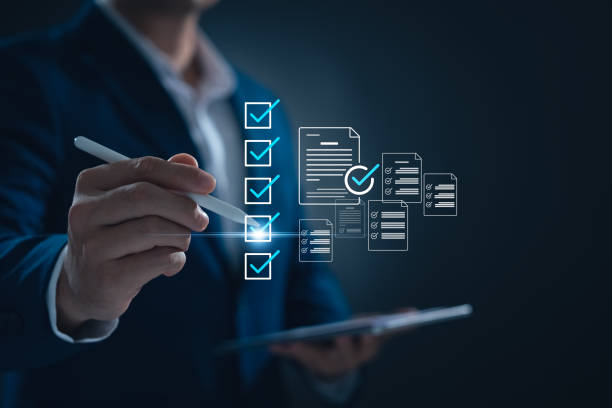What is On-Page SEO and Why Does It Matter?

What is On-Page SEO and Why Does It Matter?
On-Page SEO refers to the set of actions taken within a website to improve the site’s ranking in search engine results.
These actions include optimizing content, site structure, title tags, meta descriptions, and more.
The importance of On-Page SEO lies in the fact that it helps search engines better understand the content of the site and display it to relevant users.
Without proper On-Page SEO, even the best content may not be visible in search results.
On-Page SEO is an essential part of a successful SEO strategy and should not be ignored.
Optimizing the page title and meta descriptions improves the site’s ranking.
On-Page SEO is an ongoing process and requires continuous updating and improvement.
As search engine algorithms change, On-Page SEO methods must also be updated.
Therefore, to maintain and improve the site’s ranking, it is necessary to always use the latest On-Page SEO methods and techniques.
Also, On-Page SEO not only helps improve the site’s ranking in search engines but also improves the user experience.
A site optimized with On-Page SEO usually has a structured structure, relevant content, and high loading speed, all of which contribute to user satisfaction.
Are you bothered by losing customers who visit your site to make a purchase?
Rasaweb is your specialized solution for having a successful online store.
✅ Significant increase in your online sales
✅ Creating trust and professional branding with customers⚡ Get free consultation from Rasaweb experts!
Keyword Research for On-Page SEO
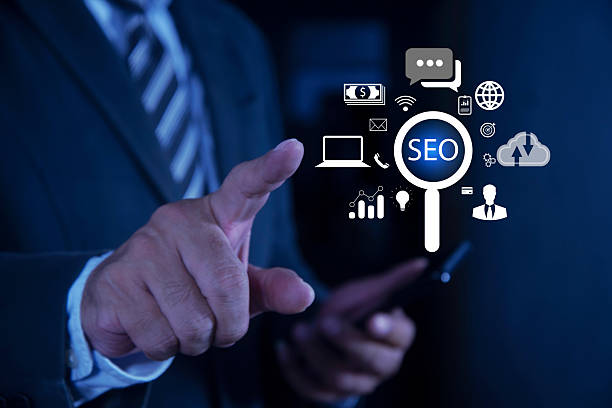
Keyword Research for On-Page SEO
Keyword research is a crucial step in On-Page SEO.
This process involves identifying the words and phrases that users use to search for information related to your business.
Choosing the right keywords helps you optimize your site content and improve your site’s ranking in search results.
For keyword research, you can use various tools such as Ahrefs, Moz Keyword Explorer, Google Keyword Planner, and SEMrush.
When choosing keywords, you should consider factors such as search volume, level of competition, and relevance to the site content.
Keywords with high search volume usually have more competition, so it is better to choose a combination of keywords with high and low search volume.
Also, make sure that the selected keywords are closely related to your site content.
Using irrelevant keywords may reduce your site’s ranking and also affect the user experience.
After selecting keywords, you should use them strategically in your site content.
This includes using keywords in title tags, meta descriptions, headings, body text, and images.
However, avoid excessive use of keywords (Keyword Stuffing) as this may be identified by search engines as a spam technique and lead to penalties for your site.
The use of keywords should be natural and relevant to the site content.
Optimizing Page Title and Meta Descriptions
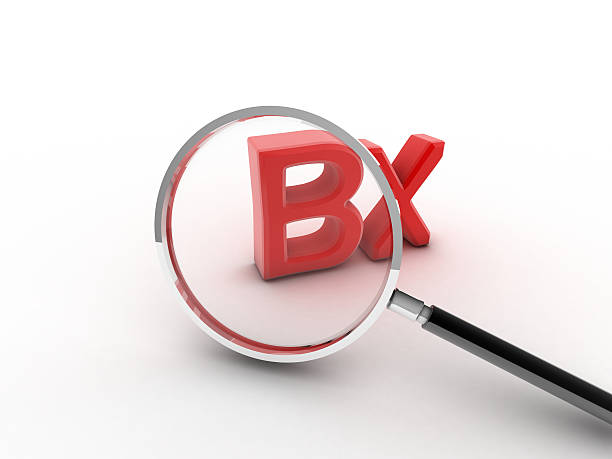
Optimizing Page Title and Meta Descriptions
The Page Title and Meta Description are two important elements in On-Page SEO that are displayed in search results.
The Page Title should be concise, attractive, and contain the main keyword.
The length of the Page Title should not exceed 60 characters to be fully displayed in search results.
The Meta Description should be a short summary of the page content and encourage the user to click.
The length of the Meta Description should not exceed 160 characters.
Optimizing the Page Title and Meta Description can have a significant impact on your site’s Click-Through Rate (CTR).
The more attractive and relevant the title and descriptions, the more likely users are to click on your site’s link.
Therefore, spend enough time writing attractive and relevant titles and descriptions.
Also, make sure that each page of your site has a unique title and description.
Using duplicate titles and descriptions can reduce your site’s ranking.
The Page Title and Meta Description help search engines better understand the content of the page and display it to relevant users.
Therefore, using relevant keywords in the title and description can help improve your site’s ranking.
However, avoid excessive use of keywords (Keyword Stuffing) and try to write the title and description naturally and attractively.
| Element | Description | Example |
|---|---|---|
| Page Title | The Page Title should be concise, attractive, and contain the main keyword. | Buy the Best Laptop at a Reasonable Price |
| Meta Description | The Meta Description should be a short summary of the page content and encourage the user to click. | On this page, you can buy the best laptops at a reasonable price. Free shipping nationwide. |
Optimizing URL Structure
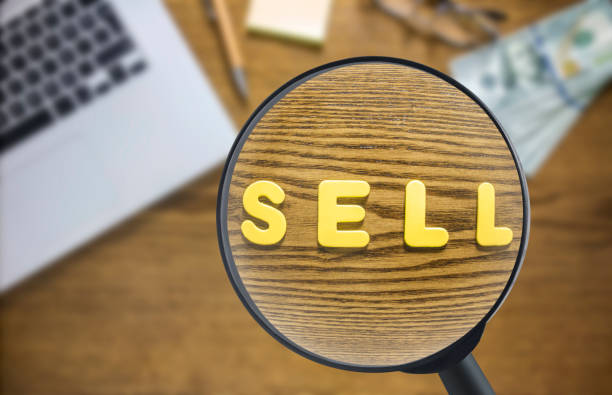
Optimizing URL Structure
The URL structure is another important factor in On-Page SEO.
Optimized URLs should be short, readable, and contain relevant keywords.
Avoid using long and complex URLs that contain meaningless numbers and letters.
Each page’s URL should accurately reflect the content of that page.
Also, avoid using uppercase letters and spaces in URLs and use hyphens (-) instead.
For example, instead of using a URL like `example.com/page?id=123`, use a URL like `example.com/buy-laptop`.
The second URL is short, readable, and contains the keyword “buy laptop.”
Also, using a category structure in URLs can help improve your site’s SEO.
For example, you can use a URL like `example.com/laptop/dell-laptop` for the page about Dell laptops.
The URL structure is not only important for search engines but also for users.
A readable and understandable URL can help users better understand the content of the page and easily access the pages they want.
Therefore, optimizing the URL structure can also improve the user experience.
Using a consistent and logical URL structure throughout the site helps search engines easily index your site’s content.
Are you falling behind in the competition with large online stores?
Rasaweb will bring your business online with professional online store design and increase your share of the market!
✅ Increase brand credibility and customer trust
✅ Easy shopping experience leads to more sales
⚡ Act now to receive a free website design consultation!
Optimizing Page Content
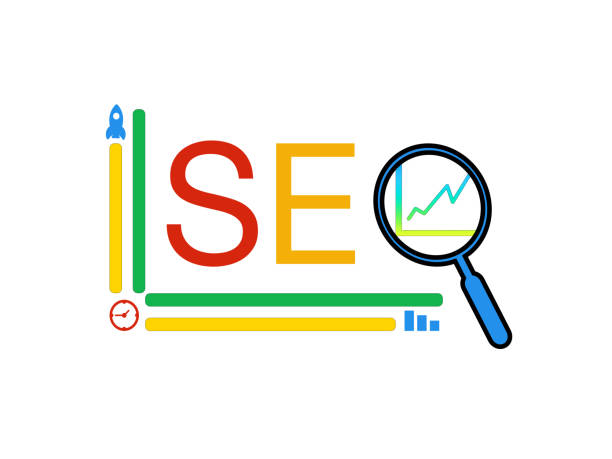
Optimizing Page Content
Page content is the most important factor in On-Page SEO.
Your content should be valuable, relevant, unique, and engaging.
Valuable content is content that answers users’ questions and needs and provides useful information.
Relevant content is content that is related to your desired keywords.
Unique content is content that is not copied from other sites and is produced exclusively for your site.
Engaging content is content that engages readers and encourages them to read more.
To optimize page content, you should use keywords naturally and strategically in the text.
Avoid excessive use of keywords (Keyword Stuffing) and try to write your content naturally and fluently.
Also, use headings and subheadings to organize your content and use images and videos to make the content more engaging.
Your content should fully and comprehensively address the topic and cover all its aspects.
Optimizing page content is not limited to using keywords.
You should try to produce content that keeps users on your site and reduces the Bounce Rate.
To do this, you can use internal and external links to direct users to other pages on your site and other relevant sites.
You can also use user comments to interact more with them and improve your content based on their comments.
Using #User_Generated_Content can help increase the credibility of your site.
Optimizing Images
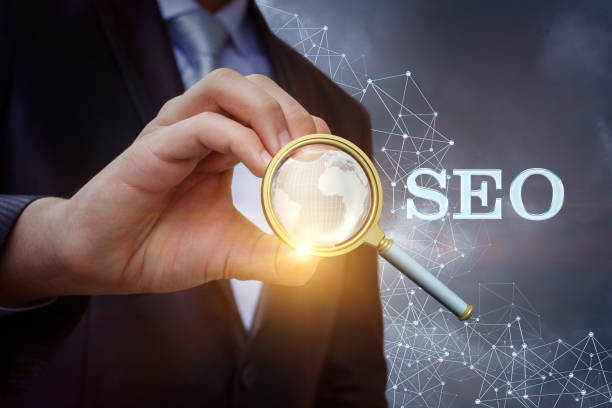
Optimizing Images
Images play an important role in the attractiveness and understanding of page content.
Optimizing images can help improve your site’s On-Page SEO.
To optimize images, you should use high-quality images, reduce image size, use descriptive file names, and use ALT tags to describe the images.
Using high-quality images can improve the user experience and engage users more.
However, high-quality images are usually large and can slow down the page loading speed.
To reduce image size, you can use image compression tools like TinyPNG or ImageOptim.
Also, use appropriate image formats such as JPEG for images with many colors and PNG for images with text and graphics.
Image file names should be descriptive and contain relevant keywords.
For example, instead of using a file name like `IMG_1234.jpg`, use a file name like `buy-dell-laptop.jpg`.
ALT tags should also be descriptive and contain relevant keywords.
ALT tags help search engines understand the content of the image and display it to relevant users.
Also, ALT tags are useful for users who use voice browsers.
Proper On-Page SEO for images ensures that your images appear in image search results.
Optimizing Page Loading Speed

Optimizing Page Loading Speed
Page loading speed is an important factor in On-Page SEO and user experience.
Users who experience slow page loading speed usually leave the site and visit other sites.
Slow page loading speed can increase the Bounce Rate and reduce your site’s ranking in search results.
To optimize page loading speed, you can use various methods such as reducing image size, enabling Gzip compression, using CDN, reducing the number of HTTP requests, and optimizing code.
There are various tools such as Google PageSpeed Insights and GTmetrix that can help you identify site speed issues and provide solutions for improving it.
Optimizing page loading speed is an ongoing process and requires continuous monitoring and improvement.
As site content changes and new features are added, your site speed may decrease.
Therefore, it is necessary to regularly check your site speed and take necessary actions if needed.
Google gives a higher score to sites with faster loading speeds.
Increasing site speed is one of the good On-Page SEO solutions.
| Method | Description | Tool |
|---|---|---|
| Reduce Image Size | Using low-volume and optimized images. | TinyPNG, ImageOptim |
| Enable Gzip Compression | Reduce the size of HTML, CSS, JavaScript files | Your Server |
| Use CDN | Delivering content through servers close to users | Cloudflare, Akamai |
Optimizing Internal Links

Optimizing Internal Links
Internal links play an important role in On-Page SEO.
Internal links help search engines better understand your site structure and find relevant content.
Also, internal links can direct users to other pages on your site and reduce the Bounce Rate.
To optimize internal links, you should use descriptive and relevant Anchor Texts.
Anchor Text is the text that links to another page.
Anchor Text should accurately reflect the content of the destination page.
For example, if you want to link to the “buy laptop” page, use the anchor text “buy laptop.”
Avoid using general anchor texts such as “click here.”
Also, you should try to place internal links naturally and strategically in your content.
Internal links should point to relevant and valuable pages.
Avoid linking to irrelevant and low-quality pages.
A proper internal linking structure increases the site’s ranking in search engines.
On-Page SEO gives great importance to internal links.
Does your company’s website create a professional and lasting first impression on potential customers? Rasaweb, with professional corporate website design, not only represents your brand’s credibility but also paves the way for your business growth.
✅ Creating a strong and reliable brand image
✅ Attracting target customers and increasing sales
⚡ Get free consultation
Using Structured Data
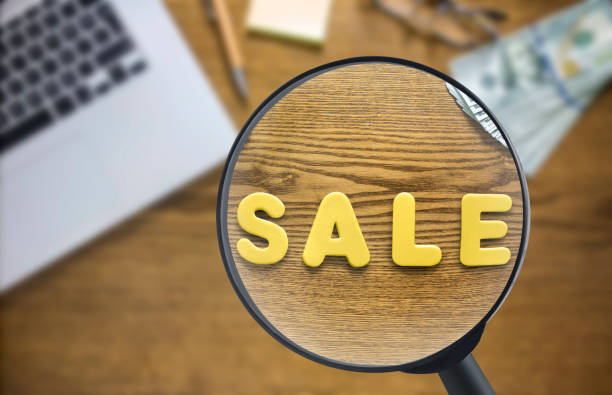
Using Structured Data
Structured Data helps search engines better understand your site’s content and display it more accurately in search results.
Structured Data is a standard format for providing information about page content that can be read by search engines.
To use Structured Data, you can use various tools such as Schema.org and Google Structured Data Markup Helper.
These tools help you create appropriate Structured Data for your content and add it to your site.
Using Structured Data can lead to richer search results (Rich Snippets) and increase your site’s Click-Through Rate (CTR).
On-Page SEO with structured data can help improve the display of the site in search results.
There are different types of Structured Data, each suitable for a specific type of content.
For example, you can use Structured Data to display information about products, events, articles, recipes, etc.
Choosing the right type of Structured Data for your content is very important.
Google recommends that you use Structured Data to help search engines better understand your content.
On-Page SEO and Mobile-Friendly
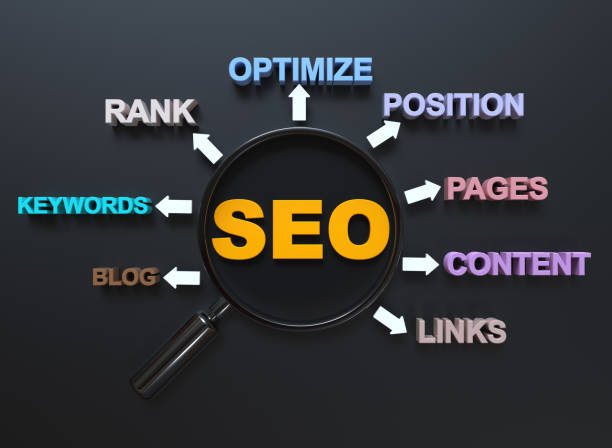
On-Page SEO and Mobile-Friendly
Given the increasing use of mobile phones, being Mobile-Friendly is a very important factor in On-Page SEO.
Google gives a higher score to sites that are Mobile-Friendly and shows them higher in search results.
A Mobile-Friendly site should display correctly on different devices, have a high loading speed, and have a user-friendly design.
To check if your site is Mobile-Friendly, you can use the Google Mobile-Friendly Test tool.
This tool helps you identify the Mobile-Friendly issues of your site and provide solutions to fix them.
You can also use Responsive Design so that your site automatically adapts to the screen size of different devices.
Being Mobile-Friendly is not limited to Responsive Design.
You need to make sure that your site has a high loading speed, has readable fonts, and has clickable buttons and links.
Also, you should avoid annoying ads on your site, as these ads can affect the user experience and reduce your site’s ranking.
Being Mobile-Friendly is a vital part of a modern On-Page SEO strategy.
Frequently Asked Questions
| Number | Question | Answer |
|---|---|---|
| 1 | What is On-Page SEO? | On-page SEO refers to the set of actions that are performed within the website and to optimize its pages in order to obtain a better ranking in search results. |
| 2 | What is the most important factor in on-page SEO? | High-quality, relevant, and comprehensive content that meets the user’s needs is the most important factor in on-page SEO. |
| 3 | What is the role of the title tag in on-page SEO? | The title tag is one of the most important factors that tells search engines and users what the page content is about. It must include the main keyword and be attractive. |
| 4 | How important is the meta description tag? | Although it does not directly affect the ranking, it is very effective on the click-through rate (CTR) in search results and encourages users to visit the page. |
| 5 | How is image optimization done in on-page SEO? | By using a suitable alt tag, compressing the image size to increase the loading speed and meaningful naming of the image file. |
| 6 | What is the importance of using headings (H1, H2, H3) in on-page SEO? | Headings help to structure the content, increase readability, and help search engines understand the hierarchy and sub-topics of the content. |
| 7 | What is internal linking and what are its benefits? | Internal linking means creating links between different pages of a website. This helps to distribute credit, improve user navigation, and help search engine crawling. |
| 8 | Where should the main keyword (Focus Keyword) be placed on the page? | The main keyword should be placed in the title tag, meta description, H1, first paragraph, and naturally throughout the text and, if possible, in the URL address. |
| 9 | What is the effect of copied or duplicate content on on-page SEO? | Duplicate content can harm the site’s ranking and confuse search engines as to which version is original and may recognize it as spam. |
| 10 | How important is page loading speed in on-page SEO? | Page loading speed is an important ranking factor and directly affects the user experience. Slow pages increase the user bounce rate. |
And other services of Rasa Web advertising agency in the field of advertising
Smart Google Ads: Professional optimization for managing campaigns using real data.
Smart Social Media: A new service to increase customer behavior analysis through intelligent data analysis.
Smart Link Building: A fast and efficient solution for online growth by focusing on optimizing key pages.
Smart Custom Software: Transform digital branding with the help of dedicated programming.
Smart Marketplace: An effective tool to attract customers with the help of marketing automation.
And over hundreds of other services in the field of internet advertising, advertising consulting and organizational solutions
Internet Advertising | Advertising Strategy | Advertorial
Resources
On-Page SEO Optimization: A Complete Guide
,What is On-Page SEO?
,What is On-Page SEO? Tutorial on Optimizing On-Page SEO
,What is On-Page SEO and Why is it Important?
? Take your business to the top with the services of Rasaweb Afarin Digital Marketing Agency! At Rasaweb Afarin, we specialize in providing comprehensive digital solutions for the growth and development of your business. From professional website design and SEO to social media management and targeted advertising campaigns, we provide everything you need to be seen and succeed in the online space.
📍 Tehran, Mirdamad Street, next to the Central Bank, South Kazeroun Alley, Ramin Alley, No. 6

